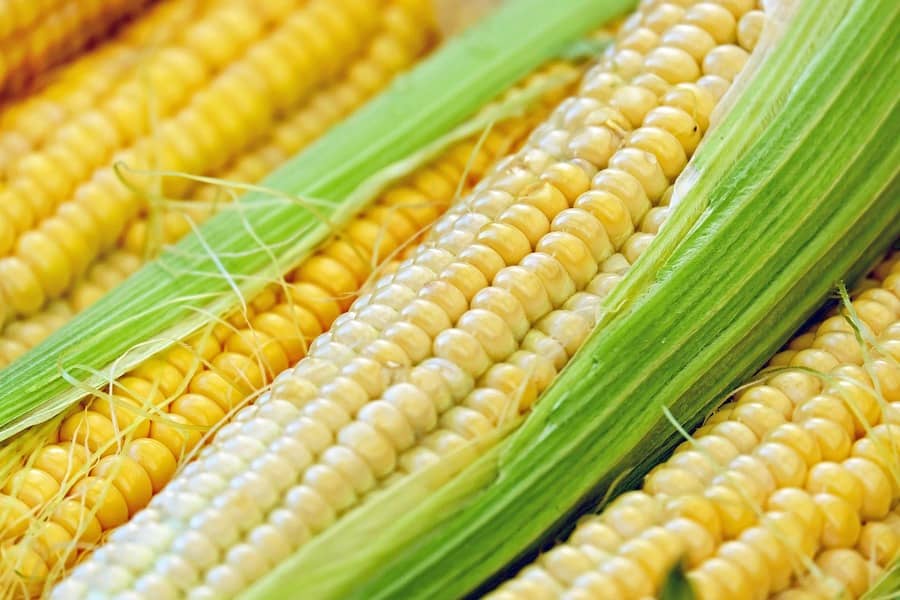Porto Alegre, May 24, 2022 – Most of what we know at this point is already priced in. The deficits to be generated by Ukraine’s absence in large export volumes, the issue of wheat before the winter harvests in North America and Europe, and the low US stocks of corn and soybeans that demand a perfect local crop in 2022. With oil exceeding USD 110 a barrel and the Argentine crop having already been priced in, the main point for prices going forward will focus on the weather in the US Midwest in July, as we are not expecting any serious problems in this planting period of corn and soybeans.
The rains in the last thirty days in the United States have been satisfactory for the advance of planting in good conditions across the Midwest. The rains accumulated 90 to 120 mm and were well distributed. This week, the planting may remain between 70 and 80% and practically be finished in the first days of June. If the weather is favorable in July and August for pollination and silking, it will not be a surprise, and the USDA will bring an increase in yield potential above the record 177 bushels per acre obtained in 2021 and projected for 2022. In the past, there was a serious problem with drought in the center-north of the Midwest but even so productivity was record for both corn and soybeans.
There is no sign, for now, that there will be major changes in the profile of the area planted with corn and soybeans. This number will only be released by USDA on June 30 and may have some changes from the planting intentions report. The signs, however, do not seem to be changing from intentions, perhaps some spring wheat area is switched to soybeans, and some corn area to soybeans due to the delay in the initial corn planting. However, this is just a market sentiment and not an effective statistical finding.
Last week, the figure of 49% for the planting progress, against 22% in the week earlier, was in line with the market, however, the planting showed ability to advance quickly until the first week of June without major setbacks. A little excess rain in the north and south of the Midwest will not have major changes in crop profile. The focus is now a little longer, that is, the weather in July and August for corn pollination and silking and soybean blossoming.
In this environment, there are chances of a crop still with yields above the 2021 record for corn and perhaps even records for soybeans should the weather be normal. It would be exaggerated optimism to believe that US crops will come with full production and that prices on the CBOT will stabilize at historic highs of USD 8.20/bushel for corn and USD 17.50 for soybeans. Therefore, the harvest seasonality brings all prices to some slowdown between September and November for these commodities in a full crop situation. Corn has additional variables, such as the high price of oil with effects on ethanol, wheat still with very high prices, the absence of Ukraine with large exports, and the tight picture of stocks in the United States, even with a normal crop.
If prices do not have a sharper decline during the US crop, they will undoubtedly face this condition with the entry of the South American crop in 2023, mainly in the case of soybeans. Corn will still depend on other indicators, such as the 2023 US crop, as the first half of the year cannot find supply alternatives besides Argentina. It would be normal to believe in some pressure on prices with the arrival of the Brazilian second corn crop and in September, with the entry of the US crop, then prices would rise again. Believing that prices will remain at USD 8.00/bushel in the middle of the US harvest is only viable when betting on a problem with the US crop.
Ukraine reported last week that its planting reached 3 million hectares out of the 4.2 million hectares projected to be planted this year. It is not yet possible to say this area will be completed. In any case, we believe that international importers will not bet on a great export result from Ukraine this year and will “exchange” the volumes from this origin for the 40 million tons that will be available in Brazil in the second half of the year. This naturally generates an environment of strong exports to Brazil from June onwards.
Agência SAFRAS Latam
Copyright 2022 – Grupo CMA

